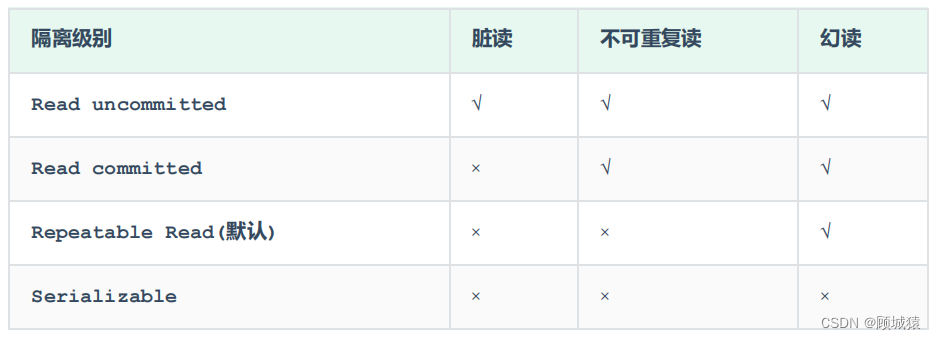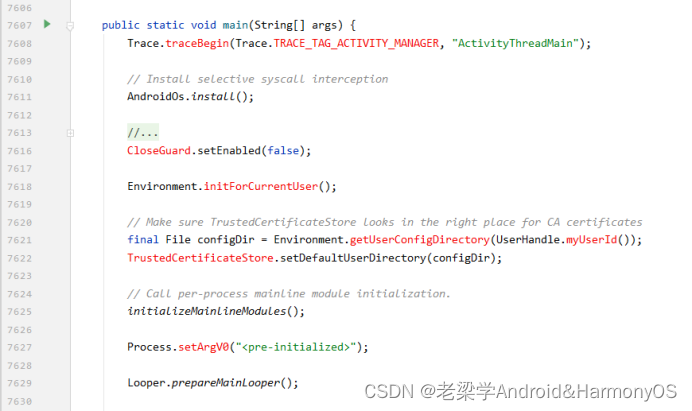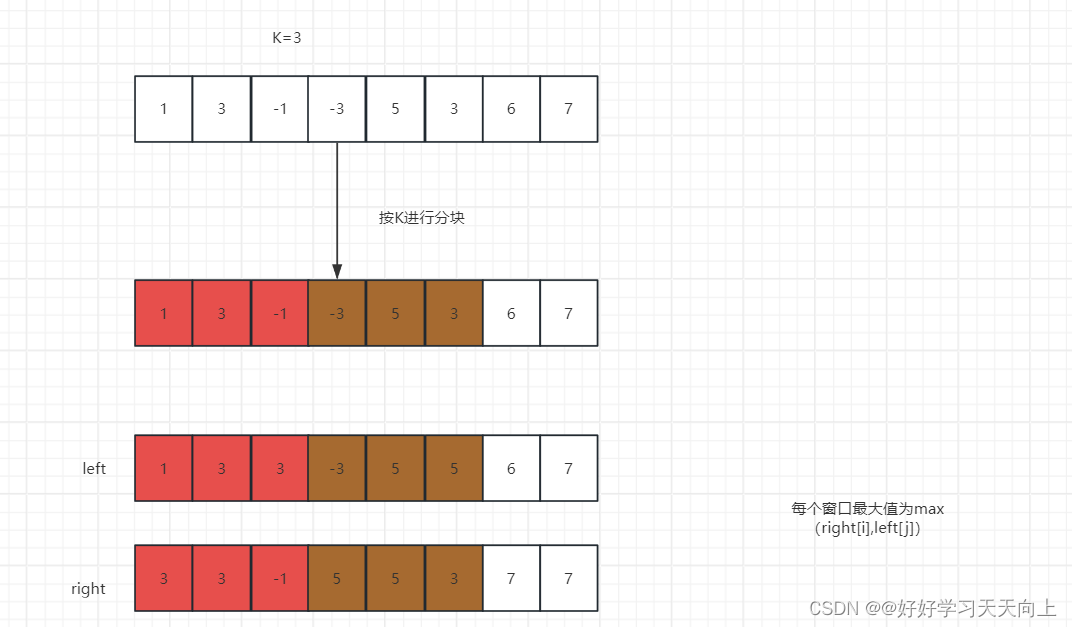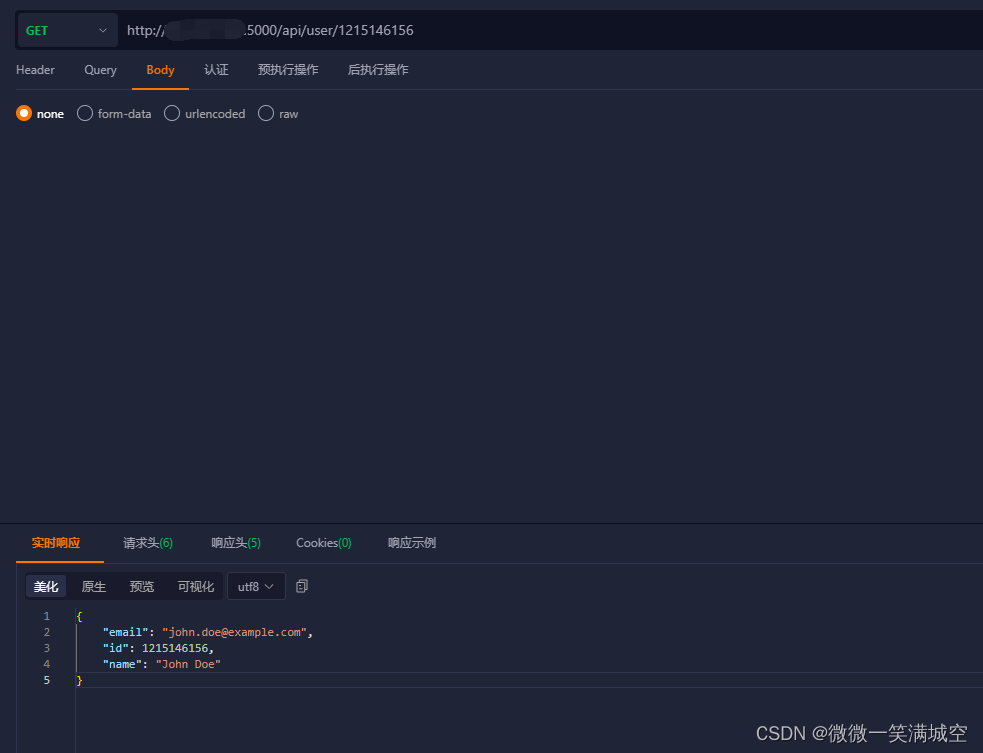介绍
Set是值的集合,可以迭代这些值、添加新值、删除值并清除集合、获取集合大小并检查集合是否包含值,集合中的一个值只存储一次,不能重复。
本文代码地址为go-store
简单实现
这是集合的一个简单实现,还不是并发安全的,为了简单和容易理解而没有引入锁资源。
set.go
package settype T inttype Set struct {sets map[T]bool
}// Add adds a new element to the Set. Returns true if t is not in set.
func (s *Set) Add(t T) bool {if s.sets == nil {s.sets = make(map[T]bool)}_, ok := s.sets[t]if !ok {s.sets[t] = true}return !ok
}// Clear removes all elements from the Set
func (s *Set) Clear() {s.sets = make(map[T]bool)
}// Delete removes the Item from the Set and returns true if t is in set
func (s *Set) Delete(t T) bool {_, ok := s.sets[t]if ok {delete(s.sets, t)}return ok
}// Contains returns true if the Set contains the t
func (s *Set) Contains(t T) bool {_, ok := s.sets[t]return ok
}// All returns the all items stored
func (s *Set) All() []T {var ret []Tfor t := range s.sets {ret = append(ret, t)}return ret
}// Size returns the size of the set
func (s *Set) Size() int {return len(s.sets)
}单元测试
这是上面代码的单元测试,它详细解释了如何使用它,以及任何操作的预期结果:
set_test.go
package setimport "testing"var (t1 T = 1t2 T = 2t3 T = 3
)func InitSet() *Set {set := &Set{}set.Add(t1)set.Add(t2)return set
}func TestSet_Add(t *testing.T) {set := InitSet()ok := set.Add(t1)if ok {t.Errorf("There is already %d in set!", t1)}ok = set.Add(t3)if !ok {t.Errorf("There should be %d in set!", t3)}
}func TestSet_Clear(t *testing.T) {set := InitSet()set.Clear()if size := set.Size(); size != 0 {t.Errorf("wrong count, expected 0 and got %d", size)}
}func TestSet_Delete(t *testing.T) {set := InitSet()ok := set.Delete(t1)if !ok {t.Errorf("There should be %d in set!", t1)}ok = set.Delete(t3)if ok {t.Errorf("There should not be %d in set!", t3)}
}func TestSet_Contains(t *testing.T) {set := InitSet()ok := set.Contains(t1)if !ok {t.Errorf("There should be %d in set!", t1)}ok = set.Contains(t2)if !ok {t.Errorf("There should be %d in set!", t2)}ok = set.Contains(t3)if ok {t.Errorf("There should not be %d in set!", t3)}
}func TestSet_All(t *testing.T) {set := InitSet()items := set.All()if len(items) != 2 {t.Errorf("wrong count, expected 2 and got %d", len(items))}if items[0] != t1 && items[1] != t2 {t.Errorf("There should be %d and %d in set!", t1, t2)}
}func TestSet_Size(t *testing.T) {set := InitSet()size := set.Size()if size != 2 {t.Errorf("wrong count, expected 2 and got %d", size)}set.Add(t3)size = set.Size()if size != 3 {t.Errorf("wrong count, expected 3 and got %d", size)}set.Delete(t3)size = set.Size()if size != 2 {t.Errorf("wrong count, expected 2 and got %d", size)}set.Delete(t2)size = set.Size()if size != 1 {t.Errorf("wrong count, expected 1 and got %d", size)}set.Delete(t1)size = set.Size()if size != 0 {t.Errorf("wrong count, expected 0 and got %d", size)}
}并发安全
第一个版本不是并发安全的,因为一个goroutine可能将一个值添加到集合中,而另一个goroutine正在获取集合列表或大小。
以下代码在数据结构中添加了一个sync.RWMutex,使其并发安全,实现非常简单,只需要在每个方法中添加Lock()和defer UnLock()。上面的测试运行良好,无需对此实现进行任何修改。
package setimport ("sync"
)type T inttype Set struct {sync.RWMutexsets map[T]bool
}// Add adds a new element to the Set. Returns true if t is not in set.
func (s *Set) Add(t T) bool {s.Lock()defer s.Unlock()if s.sets == nil {s.sets = make(map[T]bool)}_, ok := s.sets[t]if !ok {s.sets[t] = true}return !ok
}// Clear removes all elements from the Set
func (s *Set) Clear() {s.Lock()defer s.Unlock()s.sets = make(map[T]bool)
}// Delete removes the Item from the Set and returns true if t is in set
func (s *Set) Delete(t T) bool {s.Lock()defer s.Unlock()_, ok := s.sets[t]if ok {delete(s.sets, t)}return ok
}// Contains returns true if the Set contains the t
func (s *Set) Contains(t T) bool {s.RLock()defer s.RUnlock()_, ok := s.sets[t]return ok
}// All returns the all items stored
func (s *Set) All() []T {s.RLock()defer s.RUnlock()var ret []Tfor t := range s.sets {ret = append(ret, t)}return ret
}// Size returns the size of the set
func (s *Set) Size() int {s.RLock()defer s.RUnlock()return len(s.sets)
}// Union returns a new set with elements from both
// the given sets
func (s *Set) Union(t *Set) *Set {ret := &Set{}s.RLock()for i := range s.sets {ret.sets[i] = true}s.RUnlock()t.RLock()for i := range t.sets {if _, ok := ret.sets[i]; !ok {ret.sets[i] = true}}t.RUnlock()return ret
}
添加更多集合操作
Set还可以通过实现一些常见的数学集合操作得到更多改进:并集、交集、差集和子集。
并集
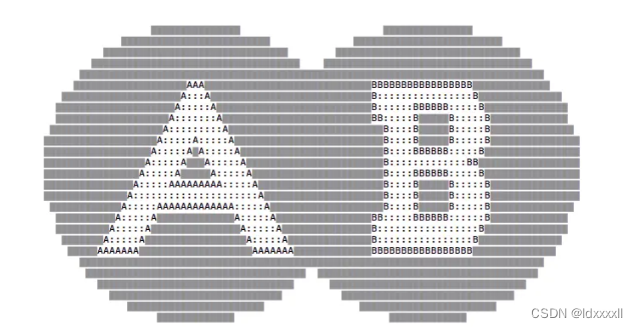
// Union returns a new set with elements from both
// the given sets
func (s *Set) Union(t *Set) *Set {ret := &Set{}s.RLock()for i := range s.sets {ret.sets[i] = true}s.RUnlock()t.RLock()for i := range t.sets {if _, ok := ret.sets[i]; !ok {ret.sets[i] = true}}t.RUnlock()return ret
}单元测试:
func TestSet_Union(t *testing.T) {set1 := InitSet(t1, t2)set2 := InitSet(t1, t3)set3 := set1.Union(set2)if len(set3.All()) != 3 {t.Errorf("wrong count, expected 3 and got %d", set3.Size())}//don't edit original setsif len(set1.All()) != 2 {t.Errorf("wrong count, expected 2 and got %d", set1.Size())}if len(set2.All()) != 2 {t.Errorf("wrong count, expected 2 and got %d", set2.Size())}
}交集
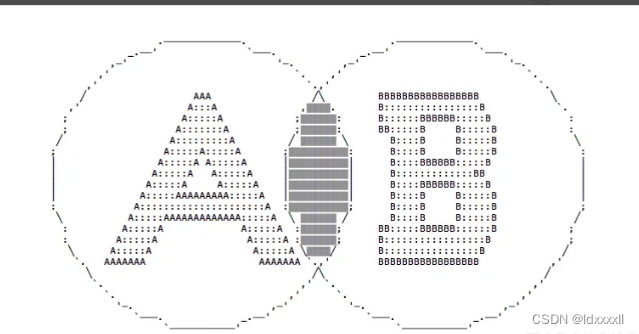
func (s *Set) Intersection(t *Set) *Set {ret := &Set{}ret.sets = make(map[T]bool)s.RLock()t.RLock()defer s.RUnlock()defer t.RUnlock()for i := range t.sets {if _, ok := s.sets[i]; ok {ret.sets[i] = true}}return ret
}单元测试:
func TestSet_Intersection(t *testing.T) {set1 := InitSet(t1, t2)set2 := InitSet(t1, t3)set3 := set1.Intersection(set2)if len(set3.All()) != 1 {t.Errorf("wrong count, expected 1 and got %d", set3.Size())}//don't edit original setsif len(set1.All()) != 2 {t.Errorf("wrong count, expected 2 and got %d", set1.Size())}if len(set2.All()) != 2 {t.Errorf("wrong count, expected 2 and got %d", set2.Size())}
}
差集
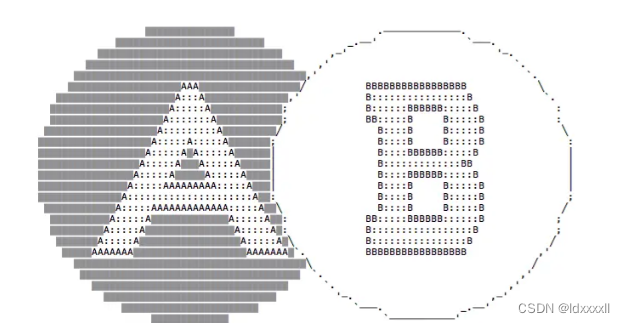
func (s *Set) Difference(t *Set) *Set {ret := &Set{}ret.sets = make(map[T]bool)s.RLock()t.RLock()defer s.RUnlock()defer t.RUnlock()for i := range t.sets {if _, ok := s.sets[i]; !ok {ret.sets[i] = true}}return ret
}单元测试:
func TestSet_Difference(t *testing.T) {set1 := InitSet(t1, t2)set2 := InitSet(t1, t3)set3 := set1.Difference(set2)if len(set3.All()) != 1 {t.Errorf("wrong count, expected 1 and got %d", set3.Size())}//don't edit original setsif len(set1.All()) != 2 {t.Errorf("wrong count, expected 2 and got %d", set1.Size())}if len(set2.All()) != 2 {t.Errorf("wrong count, expected 2 and got %d", set2.Size())}
}子集
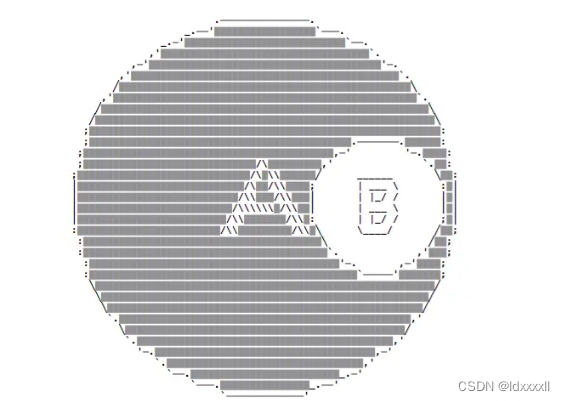
func (s *Set) Subset(t *Set) bool {s.RLock()t.RLock()defer s.RUnlock()defer t.RUnlock()for i := range s.sets {if _, ok := t.sets[i]; !ok {return false}}return true
}单元测试:
func TestSet_Subset(t *testing.T) {set1 := InitSet(t1, t2)set2 := InitSet(t1, t3)ret := set2.Subset(set1)if ret {t.Errorf("(t1, t2) is not the subset of (t1, t3), but got %t", ret)}set3 := InitSet(t1)ret = set3.Subset(set1)if !ret {t.Errorf("(t1) is the subset of (t1, t3), but got %t", ret)}
}





